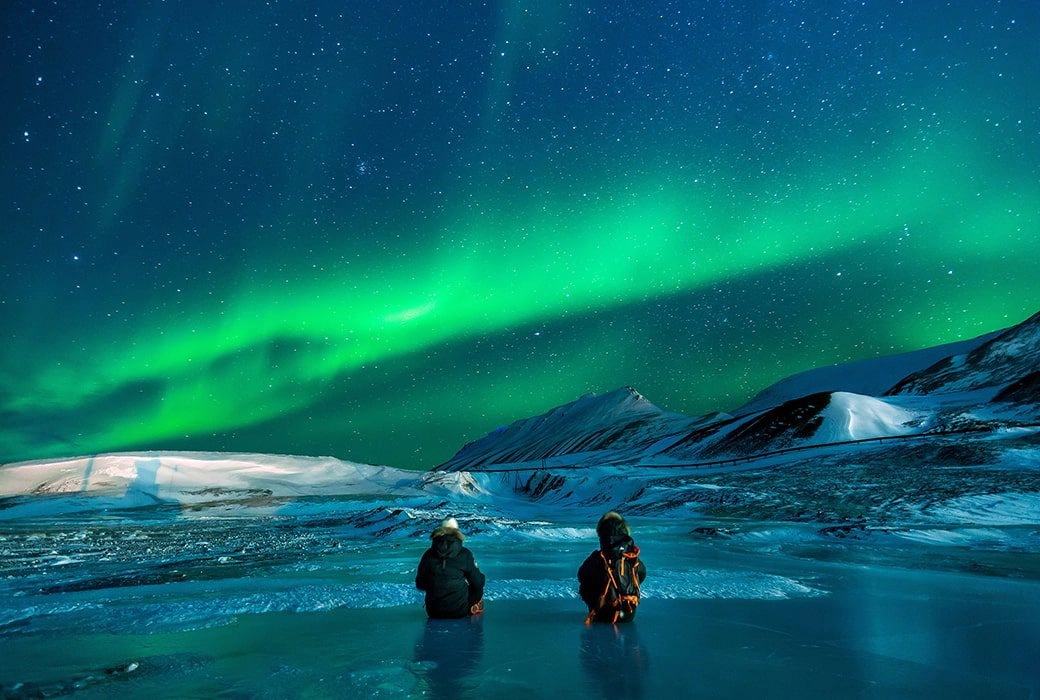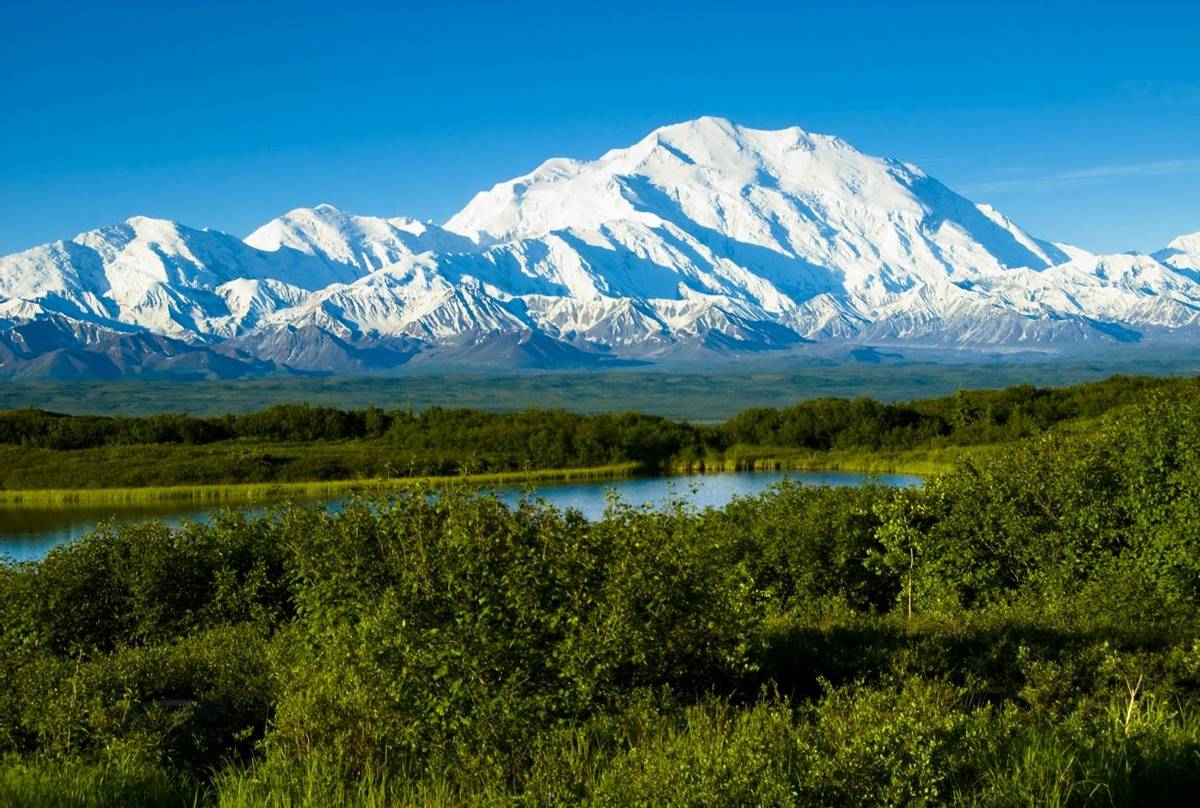



Alaska is a non-contiguous U.S. state on the northwest extremity of North America. Part of the Western United States region, it is one of the two non-contiguous U.S. states, alongside Hawaii. Alaska is also considered to be the northernmost, westernmost, and easternmost state in the United States. Wikipedia
Best Months:
Mid-May to mid-September
June–August: Peak season. Long daylight hours, wildlife viewing, cruises, and most attractions are open.
May & September: Shoulder seasons with fewer crowds and lower prices. Fall foliage in September is beautiful.
Winter (Nov–March):
Best for Northern Lights, skiing, snowmobiling, and dog sledding — especially around Fairbanks. But weather can be extreme and some areas are inaccessible.
Main Airports:
Ted Stevens Anchorage International Airport (ANC)
Fairbanks International Airport (FAI)
Juneau International Airport (JNU) (only accessible by air or water)
By Cruise Ship:
Many visitors arrive via Alaskan cruises, stopping at ports like Ketchikan, Juneau, Sitka, Skagway, and Seward.
By Road:
You can drive to Alaska via the Alaska Highway (ALCAN) from Canada — a scenic, multi-day road trip.
Local Transportation:
Rental car or RV for road trips.
Alaska Railroad for stunning rail journeys (Anchorage ⇄ Denali ⇄ Fairbanks).
Ferries (Alaska Marine Highway) connect coastal towns.
Denali National Park – Home to Denali (North America’s tallest mountain), grizzlies, moose, and wolves.
Kenai Fjords National Park – Glaciers, whales, puffins, and boat tours from Seward.
Glacier Bay National Park – Accessible mostly by cruise; jaw-dropping glacier scenery.
Mendenhall Glacier (Juneau) – Short hike to an epic glacier and waterfalls.
Inside Passage – Coastal route through rainforests and fjords; great for cruising and kayaking.
Anchorage – Alaska’s largest city; base for day trips, museums, and wildlife centers.
Fairbanks – Prime Northern Lights viewing and Arctic adventure gateway.
Katmai National Park – Watch brown bears catch salmon at Brooks Falls (July).
Homer & the Kenai Peninsula – Halibut capital and scenic coastal town.
Nome or Barrow (Utqiaġvik) – Remote communities for unique Arctic experiences.
Wildlife Watching:
Bears, moose, caribou, bald eagles, orcas, sea lions.
Try Katmai, Denali, or Kenai Peninsula for prime viewing.
Northern Lights:
Best seen in Fairbanks from late August to April (especially winter months).
Glacier Hiking or Ice Climbing:
Exit Glacier, Matanuska Glacier, and Root Glacier are accessible for guided treks.
Fishing & Rafting:
Salmon and halibut fishing in Homer or Kenai River.
Rafting trips in Talkeetna or Wrangell–St. Elias.
Dog Sledding:
Summer on glacier snow (via helicopter), or full winter tours.
Flightseeing:
Scenic small-plane flights over Denali or glacier fields. Some land on the ice!
Cruising or Kayaking:
Paddle among icebergs in Glacier Bay or Resurrection Bay.
Whale watching (May–Sept).
Luxury/Lodges:
Tutka Bay Lodge (Homer) – Oceanfront wilderness escape.
Sheldon Chalet (Denali) – Luxury deep in the Alaska Range (only by helicopter).
Alyeska Resort (Girdwood) – Mountain resort with skiing and spa.
Mid-Range:
Talkeetna Alaskan Lodge – Great views of Denali.
Hotel Captain Cook (Anchorage) – Classy with good restaurants.
Westmark Hotels – Available in multiple towns.
Budget Options:
Hostels in Anchorage/Fairbanks
Motels and B&Bs in smaller towns.
Camping: State parks and national forests offer epic outdoor stays.
Must-Try Dishes:
Fresh seafood: Wild-caught salmon, halibut, king crab
Reindeer sausage – Often served with breakfast or on a bun
Berry desserts – Blueberry pie, fireweed honey, or salmonberry jam
Smoked salmon chowder – Comforting and rich
Eskimo ice cream (Akutaq) – Traditional indigenous treat (in some communities)
Popular Places:
Glacier Brewhouse (Anchorage) – Seafood, steaks, local beer
The Saltry (Halibut Cove) – Gorgeous setting, seasonal menus
The Pump House (Fairbanks) – Old-timey Alaskan dining
The Crab Shack (Juneau) – Classic Alaskan crab feasts
Fat Ptarmigan (Anchorage) – Great pizza and wine
🎣 Subsistence & Self-Reliance: Many locals hunt, fish, and grow their own food.
🧍 Indigenous Heritage: Alaska Native cultures (Inupiat, Yupik, Tlingit, Athabaskan, etc.) are deeply rooted and visible through museums, arts, and community life.
🎨 Art & Nature Blend: Totem poles, carvings, and wildlife-inspired art are everywhere.
🚧 Remote & Rugged: Many towns are accessible only by boat or plane — life moves at its own pace.
🧊 Frontier Spirit: Alaska values independence, resilience, and respect for nature.